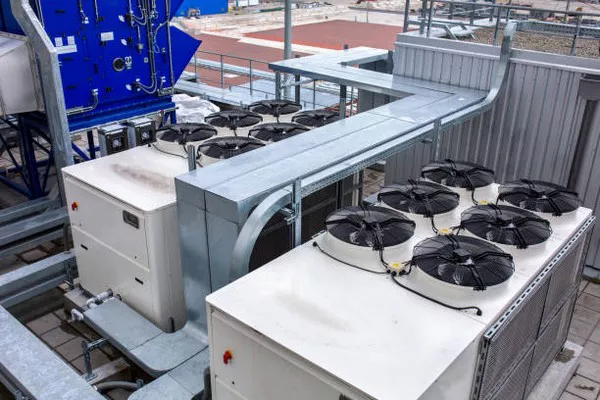In times of power outages or emergencies, a whole-house generator can be a lifesaver, providing uninterrupted electricity to your home. However, determining the appropriate wattage generator for your needs is crucial to ensure that it can handle the electrical load of your entire house. This article will guide you through the process of selecting the right wattage generator for your whole house, taking into account various factors that influence your decision.
Understanding Electrical Load
Before delving into the specifics of generator wattage, it’s essential to understand what electrical load is and how it relates to the appliances and devices in your home. Electrical load refers to the total amount of electricity needed to power all the devices, appliances, and systems in your house simultaneously.
Every electrical device has a wattage rating, which indicates how much power it consumes when running. To calculate your home’s total electrical load, you need to add up the wattage of all the appliances and devices you want to power during a blackout. This includes lighting, heating and cooling systems, refrigerators, computers, and other essential items.
Factors Influencing Generator Wattage
Several factors will influence the wattage of the generator you need for your whole house. Understanding these factors will help you make an informed decision:
Size of your home: Larger homes generally require higher wattage generators to power all appliances and systems adequately. Consider the square footage and the number of rooms in your house when calculating your electrical load.
Geographic location: The climate in your area can impact your energy needs. In colder regions, heating systems may consume more electricity, while in hotter areas, air conditioning units could be the primary power consumers.
Specific appliances: Certain appliances, such as air conditioners, well pumps, and electric ovens, have high startup wattage demands, which can temporarily exceed their rated running wattage. Be sure to account for these spikes in your calculations.
Emergency vs. non-emergency loads: Determine which appliances and systems you want to power during a blackout. Critical systems like refrigeration and medical devices should take priority, while less essential loads can be excluded.
Generator Sizing Guidelines
To ensure that your whole-house generator can handle your electrical load without overloading or running inefficiently, consider the following sizing guidelines:
Generator Capacity: The generator’s capacity is typically measured in kilowatts (kW). It’s crucial to choose a generator with a capacity slightly higher than your calculated load to accommodate occasional spikes and prevent overloading. A general rule of thumb is to aim for a generator that can handle 125% of your calculated load.
Automatic Transfer Switch (ATS): An ATS is a critical component of a whole-house generator system. It detects a power outage and automatically switches your home’s electrical supply to the generator. Ensure that your ATS is compatible with the generator’s capacity.
Fuel Source: Generators can be powered by various fuels, including natural gas, propane, diesel, and gasoline. The availability and cost of the fuel source in your area can impact your decision.
Noise Considerations: Depending on your location and noise restrictions, you may need to opt for a quieter generator, which could influence your choice.
Generator Wattage Examples
To provide a better understanding of generator sizing, let’s consider a couple of examples:
Example 1: Small Home with Basic Needs
- Square footage: 1,200 sq. ft.
- Critical loads: Refrigerator (800W), sump pump (600W), lighting (300W), furnace blower (700W), well pump (1,500W)
- Total electrical load: 3,900W (3.9 kW)
For this small home with basic needs, a generator with a capacity of around 5 kW would be suitable. This ensures that the critical loads are adequately covered with some room for additional appliances.
Example 2: Medium-Sized Home with Larger Appliances
- Square footage: 2,500 sq. ft.
- Critical loads: Refrigerator (800W), sump pump (600W), lighting (500W), furnace blower (700W), air conditioner (3,500W), well pump (1,500W)
- Total electrical load: 7,600W (7.6 kW)
In this case, a generator with a capacity of 10 kW or higher would be necessary to accommodate the larger appliances, especially the air conditioner with its significant startup wattage.
Conclusion
Selecting the right wattage generator to power your whole house is a crucial decision that should not be taken lightly. It involves calculating your electrical load, considering factors like the size of your home, geographic location, specific appliances, and emergency priorities. To ensure a reliable power supply during blackouts, aim for a generator capacity that is slightly higher than your calculated load and ensure that your automatic transfer switch is compatible.
Remember that generator sizing is not a one-size-fits-all solution; it’s a tailored process that should align with your unique household requirements. Consulting with a professional electrician or generator installer can provide valuable insights and help you make an informed decision, ensuring that your whole-house generator serves you well in times of need.

